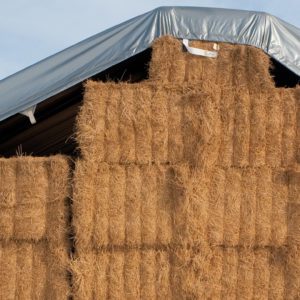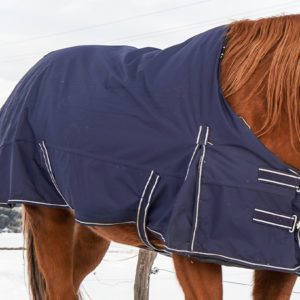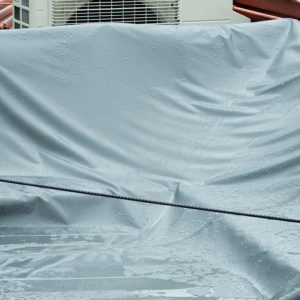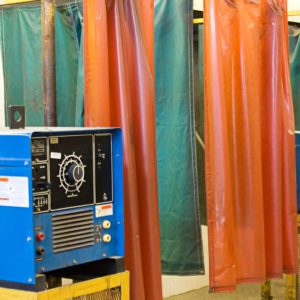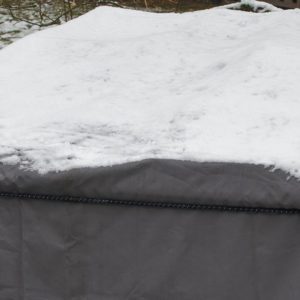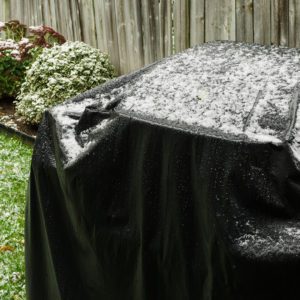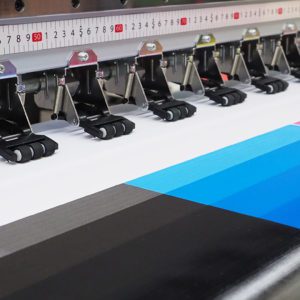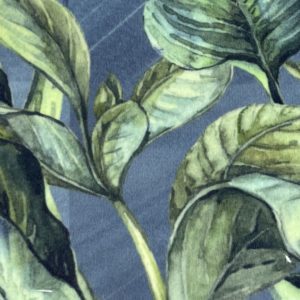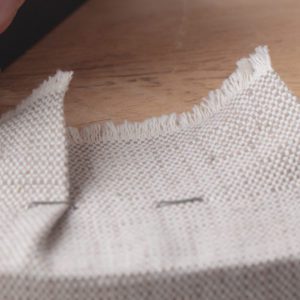Fabric pilling and snagging, those tiny balls on our sweaters, fleeces, and knits, are annoying and unsightly. Although they are sometimes used interchangeably, pilling and snagging are technically different.
What is Pillling?
Fabric pilling is created from abrasion; small balls form as the fabric rubs against itself or something else. Laundering is a big culprit and care should be taken to avoid washing fabric prone to pilling with abrasive materials like towels or denim. Clothing should also be turned inside out if possible. Pilling can also occur through rubbing during wear.
Note: Spun yarns made from a combination of synthetic fibers and cotton typically pill more than 100% cotton. The synthetic fibers act as an “anchor” for the pill to form.
There are three main tests to see how prone to pilling a fabric is, including the Pilling Box Test ( ISO 12945-1) that gives a determination of fabric propensity to surface fuzzing and to pilling. The most common test is the Random Tumble Pilling Tester.
Note: fabric pilling is especially common in lighter weight apparel styles
What is the Random Tumble Pilling Test?
A group of three specimens is placed into a cylinder where a spinning rotor or propeller tumbles the fabric for a specified testing time. The inside of the cylinder is lined with natural cork liner to serve as the main abradant. A small amount of “test lint” is added to the cylinder. Lint may also be generated from the specimens during the test.
What is Snagging?
A snag looks like a pill but it does not form in the same way. Fabric snagging occurs when something catches on the tiny loop that is created through napping or brushing. It is caused by the pulling or plucking of yarns from a fabric surface.
There are two main snag tests.
The two common snagging tests to determine a fabric’s propensity to snagging are the Mace Test: ASTM D3939 and D3939M – 13(2017).
